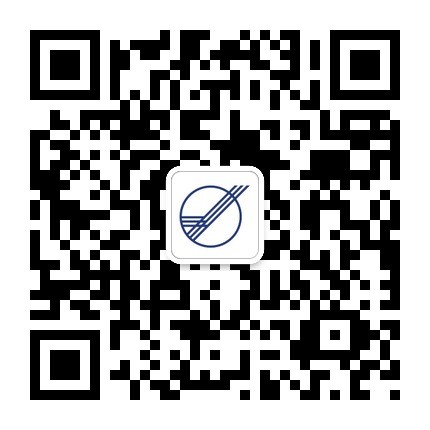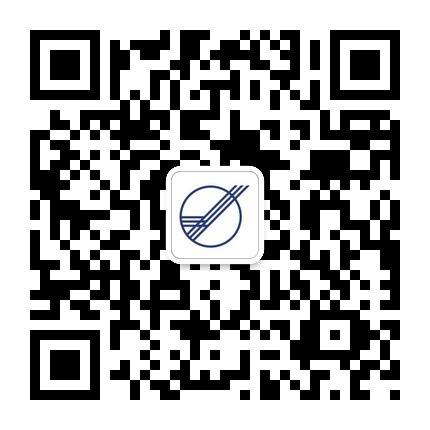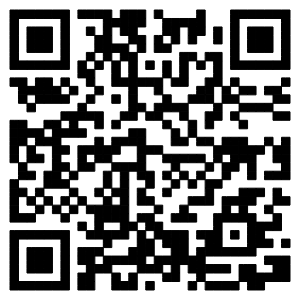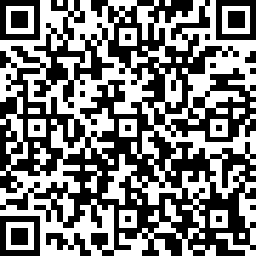
 {{_.$tools.formatDate(item.publishTime, 'yyyy-MM-dd')}} {{item.title}}
{{_.$tools.formatDate(item.publishTime, 'yyyy-MM-dd')}} {{item.title}} 
CARRIAGE AND USE OF POWER BANKS ON AIRCRAFT

FAQ
In accordance with Aeronautical Circular No. AC/AGA/013R02 — "Restrictions on Dangerous Goods" published by the Civil Aviation Authority, passengers must comply with the specific requirements for the carriage of products with lithium batteries on aircraft. For details, please refer to the “Security Control Articles” under the “Public and Passenger Guide" on the AACM Official Website via https://www.aacm.gov.mo/.
In addition to the above legal requirement, airlines may impose additional restrictions on the carriage and use of power banks on aircraft based on safety considerations and operational measures. Therefore, passengers are advised to check with their airline for the latest requirements before traveling.
| Checklist | Attention | Illustration |
|
If the power bank is swollen, deformed (such as a bulging battery), cracked, or shows signs of being pierced or crushed, stop using it immediately. Such physical damage seriously affects the structural integrity and insulation, which can easily cause a short circuit, leading to overheating or fire. | |
|
If the power bank becomes abnormally hot during charging or use, produces crackling sounds, or the charger connector shows signs of aging or melting, these are warning signs of safety issues that greatly increase fire risk. | |
|
During storage or transportation, avoid impacts, punctures, or crushing, which can deform the battery or damage its internal layers, increasing the risk of overheating. It is recommended to use a protective case or place the power bank in a separate pocket. | |
|
When carrying a power bank on a plane, make sure its lithium battery complies with relevant aviation regulations, such as lithium content for lithium metal batteries or capacity for lithium-ion batteries.
For details, please refer to the “Security Control Articles” under the “Public and Passenger Guide" on the AACM Official Website via https://www.aacm.gov.mo/.
|
|
| Airlines may impose additional restrictions on the carriage and usage of lithium batteries on aircraft based on safety considerations and operational measures. Therefore, passengers are advised to check with their airline for the latest requirements before traveling. |
||
In accordance with the Air Navigation Regulation of Macau which was approved by Executive Order No. 62/2016, before the aircraft takes off on any flight, the captain or the cabin crew member (in the name of the captain) should notify passengers that during certain stages of the flight, the use of any products or electronic devices that can possibly endanger the safety of the flight is prohibited.
The airlines incorporated in Macao have devised their company policy and their operational guidelines in accordance with the above requirement. To ensure that communication between the aircraft and the air traffic control tower will not be interfered with by other signals, the airlines will request passengers to switch off all electronic devices, during take-offs and landings. During en-route, when a passenger needs to use an electronic device, the cabin crew member will indicate permission or prohibition according to the company policy and the operational guidelines. It must be pointed out that different airlines will have different policies and guidelines. Some airlines allow passengers to use electronic devices as long as it is not during a take-off or a landing; some airlines will impose restrictions on the use of electronic devices, e.g. phones must be turned to the flight mode. It is therefore advisable that wherever the flight is taken, passengers should ask the cabin crew member about the use of electronic devices if they need to use them.
In Macao (Note), if a passenger does not obey to the cabin crew member on the prohibited use of electronic devices, the passenger is considered to have violated No. 3), Provision 1, Article 4 of Administrative Regulation No. 31/2003. The captain of the flight can impose necessary measures on the passenger in accordance with the powers given to him/her by Article 5 of the same Regulation.
Note: The scope of applicability includes passengers who take the flight of a Macao registered aircraft, passengers who take the flight of an aircraft leased in by a Macao incorporated airline, or passengers who take the flight which originates from or is destined to Macao.
- 1
- Total
























